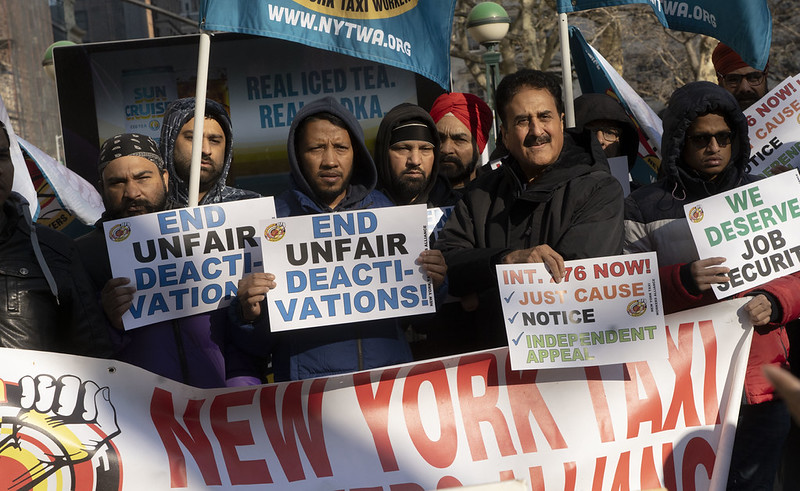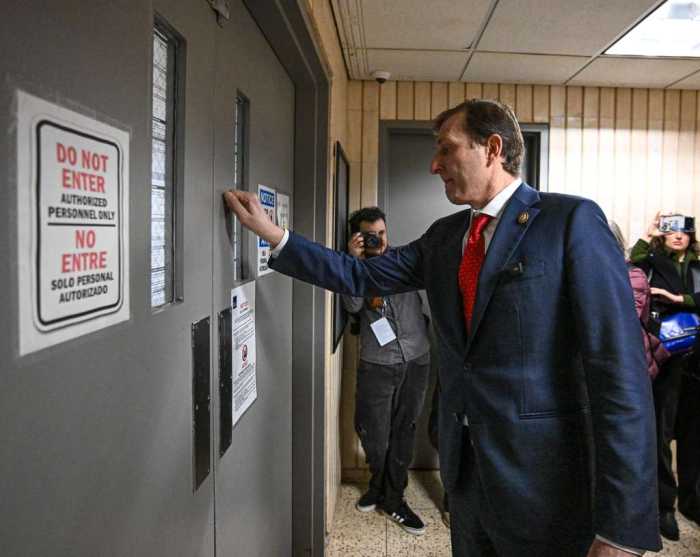During the early to mid-1800s, the best transportation option in and out of Woodhaven was the Atlantic Avenue Long Island Railroad. In 1865, a single-track horse-drawn trolley began service between East New York and Woodhaven, stopping service at its’ stable on the southeast corner of 78th Street and Jamaica Avenue.
The cost of the ride was 10 cents and once you arrived in Woodhaven, if you wanted to continue further to Richmond Hill, you paid an additional dime. As this was single-track service, the wait time could be quite long as you had to wait for the car to reach the end of the line, and for the driver to turn the car and the horse around and head back.
In 1887, an independent company bought the line, double-tracked it, and began running trolley cars powered by steam engines. By the turn of the century, the line was adopted into the Brooklyn Rapid Transit system which meant larger and more powerful, modern trolley cars and much improved service.
However, as Woodhaven’s population began to explode, the trolley cars were ill-equipped to handle the expanding load. The BRT, in the process of building the elevated line along Liberty Avenue, experimented with running the large cars from the elevated lines along the surface of Jamaica Avenue.
The heavy trains were too much for the roadway and the surrounding buildings; the vibrations cracked walls and shattered windows and the experiment was halted. A few years later, the BRT proposed building an elevated line along Jamaica Avenue, from the terminal in Cypress Hills through Woodhaven and Richmond Hill, straight into Jamaica.
Reaction towards the proposal was swift and fiercely negative. Civic and business associations in Woodhaven were unanimous in their opposition to the proposal, suggesting instead that the money be spent to upgrade and improve the existing surface trolley service. Another proposal was to build the new line underground, running a subway along Jamaica Avenue instead.
But the BRT was determined to build the elevated line, with one officer stating at one meeting that they “can walk if you don’t like it.” And so, the battle lines were drawn.
A public hearing was held, but opponents to the plan felt they were being railroaded. John Leich of the Forest Park Taxpayers’ Association complained that the hearing was held on a weekday, when residents were hard-pressed to attend. “We people of Forest Park and Woodhaven protest strenuously against this hearing being held in the daytime instead of at night. There are none of us receiving $15,000 a year from the government as a salary, and when we come here in the daytime and give up our employment we lose the $2.50 or $3 which we would have received for working.”
At times, opponents’ objections to the elevated line were over the top, predicting that the line would be dangerous, with trains crashing through the apartments on Jamaica Avenue on a regular basis. Other objections to the plan predicted that the elevated line would be dirty, unsightly, would darken the avenue and be extremely noisy. The BRT countered that their plans were modern and safe and that the line would, in fact, be “noiseless.”
After numerous hearings and protests the BRT made it clear that they were not going to spend the money to build a subway and faced with the proposition of either an elevated line or nothing, civic groups in Jamaica and Richmond Hill voted in favor of the BRT proposal.
Woodhaven was the last holdout, bringing a lawsuit against the BRT in 1916, but the construction was already underway and the lawsuit failed to stop its arrival.
Throughout the construction, residents and businesses complained of dangerous conditions with large stanchions and piles of debris blocking sidewalks and entrances to stores. But by 1917 the job was completed and on Monday, May 28, of that year, the elevated train began service without the benefit of a public ceremony.
Today, the anything but noiseless elevated train still looms large over Woodhaven, the last remnant of a hot topic of controversy over 100 years old.






































